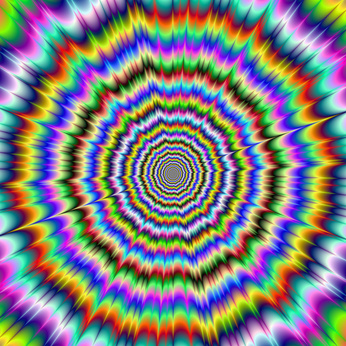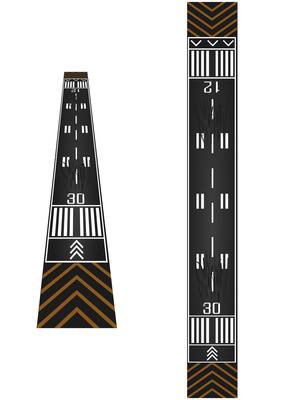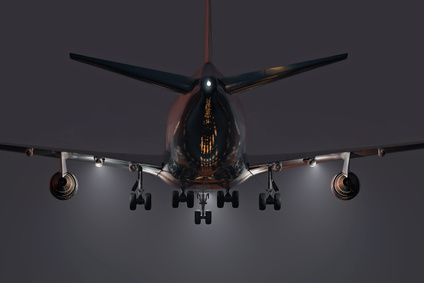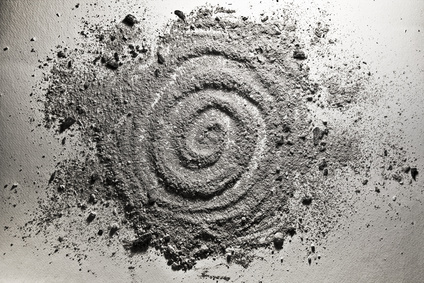What are the common Visual Illusions that Pilots may experience?
- Runway slope illusions
- Runway width illusions
- Autokinesis
- Atmospheric Illusions
- Empty Field Myopia
- Focal Traps
Runway Perspective
- Upsloping Runway: The runway may look “high” and the aircraft look higher than it really is. The pilot may compensate with an approach that is too low.
- Downsloping Runway: The runway may look “low” and the aircraft look lower than it really is. The pilot may compensate with an approach that is too high.
- Narrow Runway: The runway may look “high” and the aircraft look higher than it really is. The pilot may compensate with an approach that is too low.
- Wide Runway: The runway may look “low” and the aircraft look higher than it really is. The pilot may compensate with an approach that is too high.
Night Visual Illusions
- Autokinesis: Illusion of a stationery point of light that appears to be moving (eg. a Star looks like it is moving).
- Ground Light Confusion: A pilot may confuse the lights on the ground as a constellation of stars.
- Black Hole: Occurs on a night approach over blackness (unlit area) to an aerodrome that is lit up. Pilot may make an approach that is too low.
Atmospheric Illusions
Atmospheric Illusions occur when light is refracted by dust, snow or haze. The particles refract light so that there is an illusion of greater distance or depth. Rain on the window causes a similar effect, although runway lights may cause the opposite effect with the appearance that the runway is closer than it really is.
Empty Field Myopia & Focal Traps
Empty Field Myopia describes the pilot experience of staring blankly into an empty sky, and missing a potential collision with another aircraft. The eye naturally focuses 1 to 2 metres in front.
Pilots are trained to overcome empty field myopia by performing a set visual scan for other aircraft and threats. The key element to the visual scan is a conscious effort to focus in the distance whilst performing the scan.
Focal Traps describes the pilot experience of looking at specks on the windscreen – and not looking at distant objects. Overcome with a clean window where possible!








